Upon entering Dakshin, the new restaurant at ITC Grand Central, I was greeted with the fragrance of fresh mogras and soft Carnatic music. This welcome was complemented by a scented jasmine coil (gajra), serving as a symbolic bridge to the deep-rooted heritage of South India. It evoked memories of the fragrant Mallikai or Mallipoo garlands, which could be found adorning street corners and market stalls across the region, with their sweet fragrance gracefully perfuming the bustling streets.
After settling in, I had the opportunity to savour an exquisite South Indian dining experience that was carefully curated to provide a profound understanding and appreciation of the cuisine. This well-thought-out culinary journey allowed me to relish every bite while immersing myself in the rich history of South Indian food. What made this experience truly exceptional was the fact that it wasn’t an overwhelming, gigantic thali. Instead, it was thoughtfully designed to enable me (and other guests of the restaurant) to savor each element in moderation, ensuring that I could fully appreciate the authenticity of a South Indian meal. The use of brass cutlery and the presentation of banana leaves added an extra layer of authenticity to the experience.
To enhance the experience, our server took on the role of a maestro, orchestrating a detailed menu walkthrough, and enlightening me about the culinary traditions of each Southern state. This menu exploration included insights into taste and flavor notes, the expected textures, unique spice blends, and highlights from dishes like Dakshin Vishesha and Sarvottamam.
Top: Chicken curry; Ooragai Mamaam
Bottom: Ananas Mensakai; Patchakari stew
One of the highlights of this gastronomic adventure was the “chutney’s experience,” featuring a seasonal chutney of the day. Much like the presentation of a bread basket with various types of butter before a meal, this experience introduced me to a plethora of chutney variations, each delivering a distinct dimension to the overall dining experience. I was presented with a medley of chutneys, each crafted from different ingredients and regional influences. From the tangy tamarind to the fiery red chili, the earthy coconut, and the refreshing mint, each chutney was a revelation in itself. Accompanying these vibrant chutneys were an array of crispy papads, each boasting a unique texture and flavor profile. Much like an artist’s palette, this “chutney’s experience” allowed me to mix and match, discovering the perfect combination of chutney and papad to elevate the taste of each bite. It was a delightful play of contrasts, where fiery spiciness met cool mint, and tangy tamarind danced with the subtle sweetness of coconut.
This thoughtful addition heightened the sensory journey and reflected the intricate artistry that went into crafting every aspect of this South Indian culinary experience. It was a reminder that South Indian cuisine is not just about the main dishes, but also the myriad of accompanying elements that come together to create a symphony of flavors. Iyers Trolley, another addition to the experience, pays homage to Chef Iyer’s dedication to vegetarian cuisine and his exceptional connection with the guests. The trolley had delectable vegetarian treats such as Adais, Banana Dosa, Kuzhi Paniyarams, and more. These are snack items that are typically elusive in hotels and restaurants, reminiscent of those cherished in Southern households.
The meal commenced with sambar, a rich and flavorful lentil-based soup, followed by kotto and koyamboo, dishes that embody the art of spicing and seasoning. Gassi, a symphony of spicy vegetable and lentil stews, arrived next, warming the senses with its aromatic blend of ingredients. Kari or thovaran, the warm vegetable salads, provided a refreshing respite, balancing the meal’s spiciness with their gentle coolness. Rasam, a soul-soothing soup, was served with the intention of cleansing and refreshing the palate before the culinary adventure continued with pachadi, a cooling yogurt salad that harmonised the array of flavors. For me, the Assaivam (non-veg) platter truly encapsulated the varied types of cuisine that South India truly has the share. With a selection of chicken and mutton curries served with pappu (dal), curd, salad and curd rice, this thalli showcased the diversity of South Indian cuisine, and how diverse ingredients interact with each other to create a well-balanced and tasty meal.
Mixed halwa; Basundi; Veeda
The sweet ending to this culinary adventure was a dessert that encapsulated the essence of South Indian sweets. Rich in tradition and flavor, it was a celebration of India’s diverse culinary heritage. The mixed halwa and basundi were like a symphony of tastes and textures, with a balance of sweet, nutty, and aromatic elements that left an impression. The ceremonial presentation of hand-rolled Veeda added an extra layer of authenticity to the dining experience, capping off a remarkable culinary adventure that was nothing short of extraordinary.
Words by Esha Aphale.
Image courtesy Dakshin, ITC Grand Central.
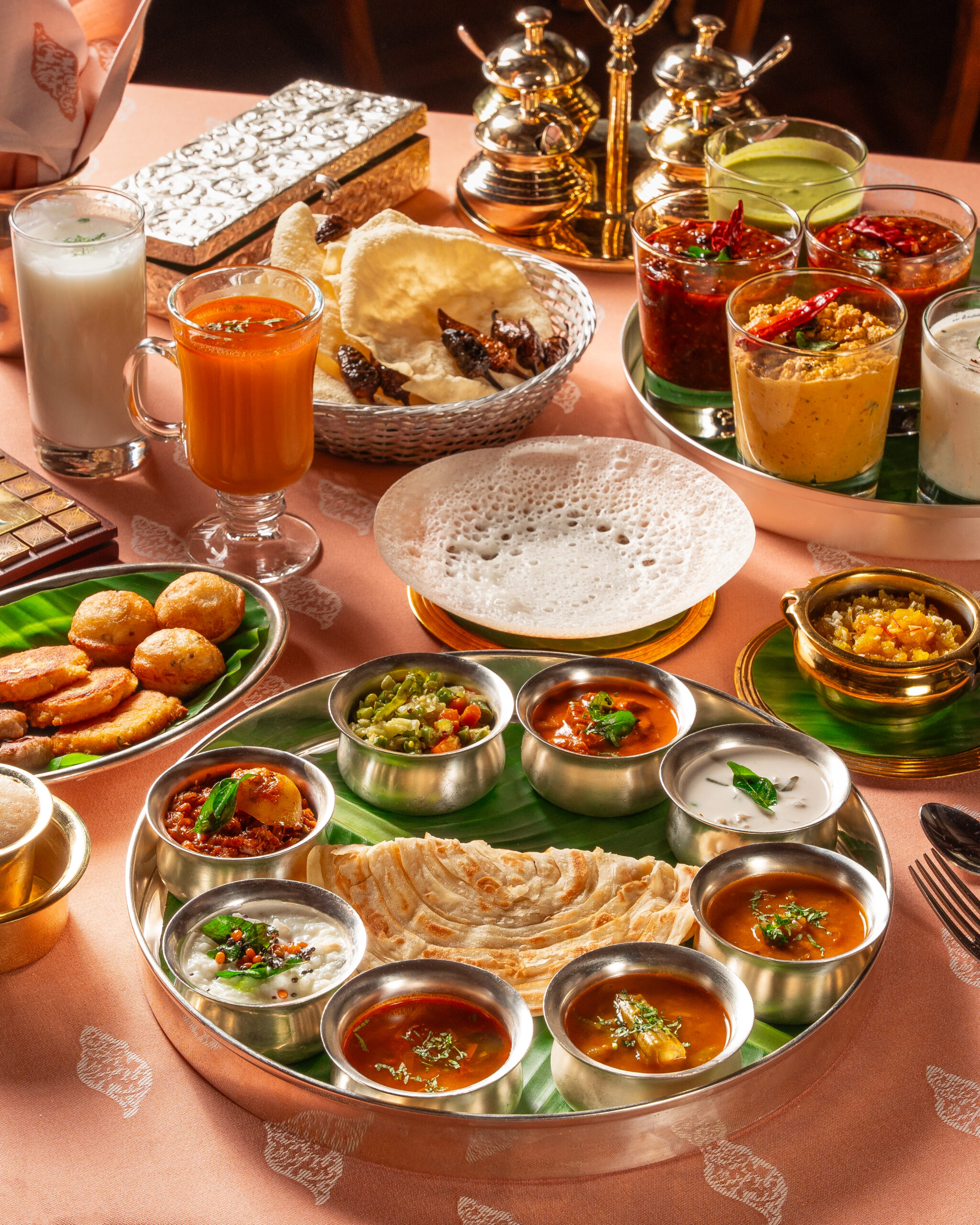
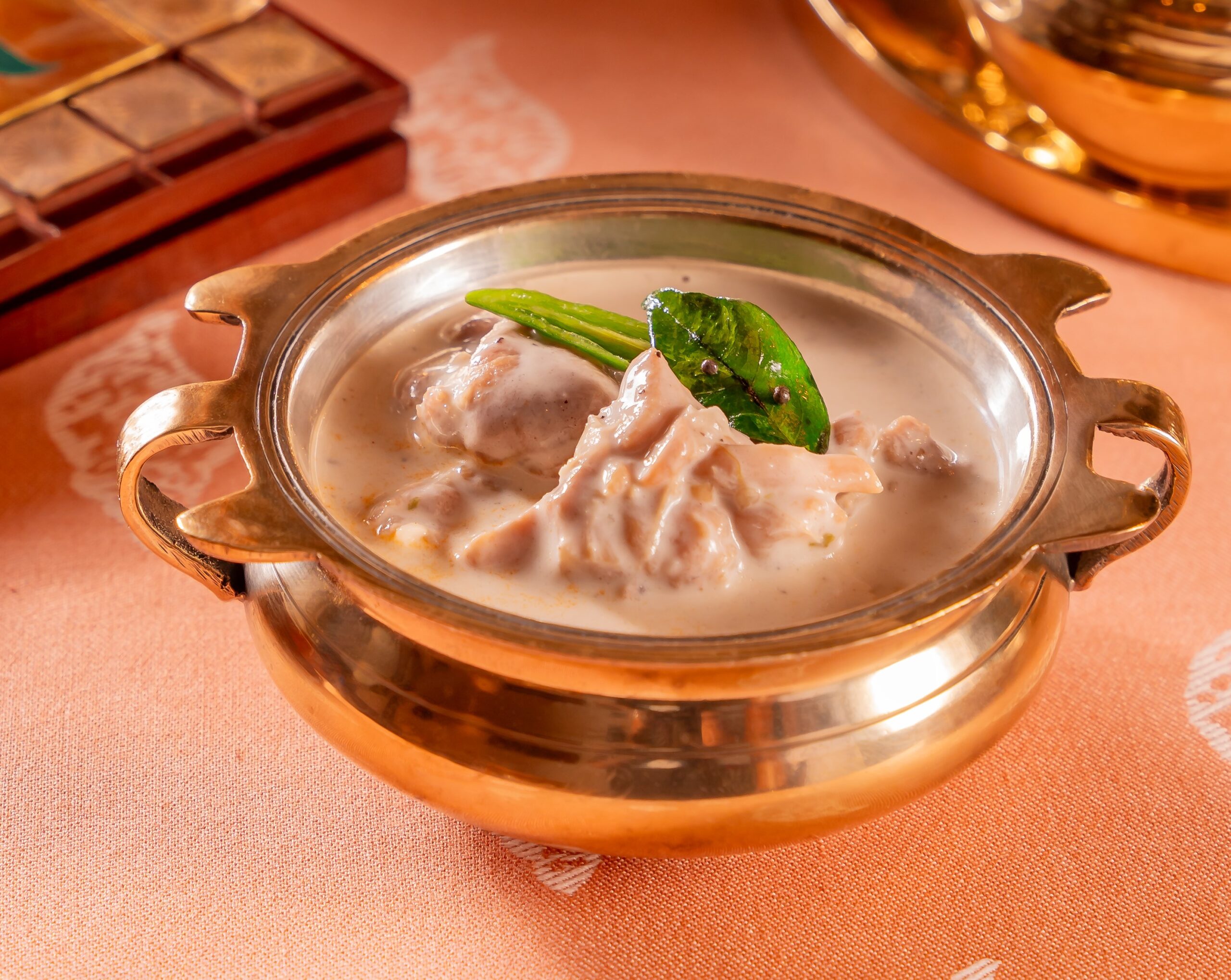
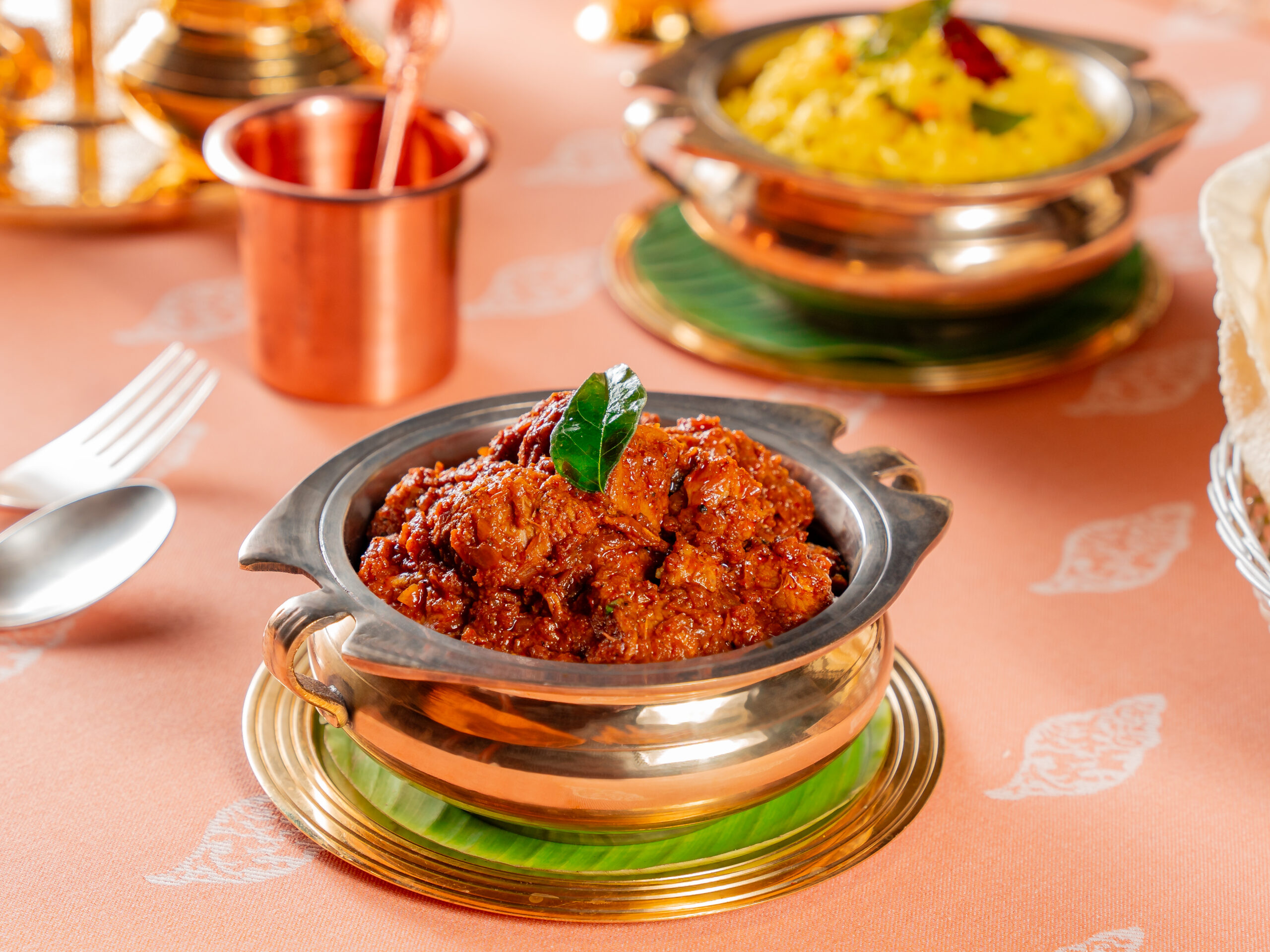
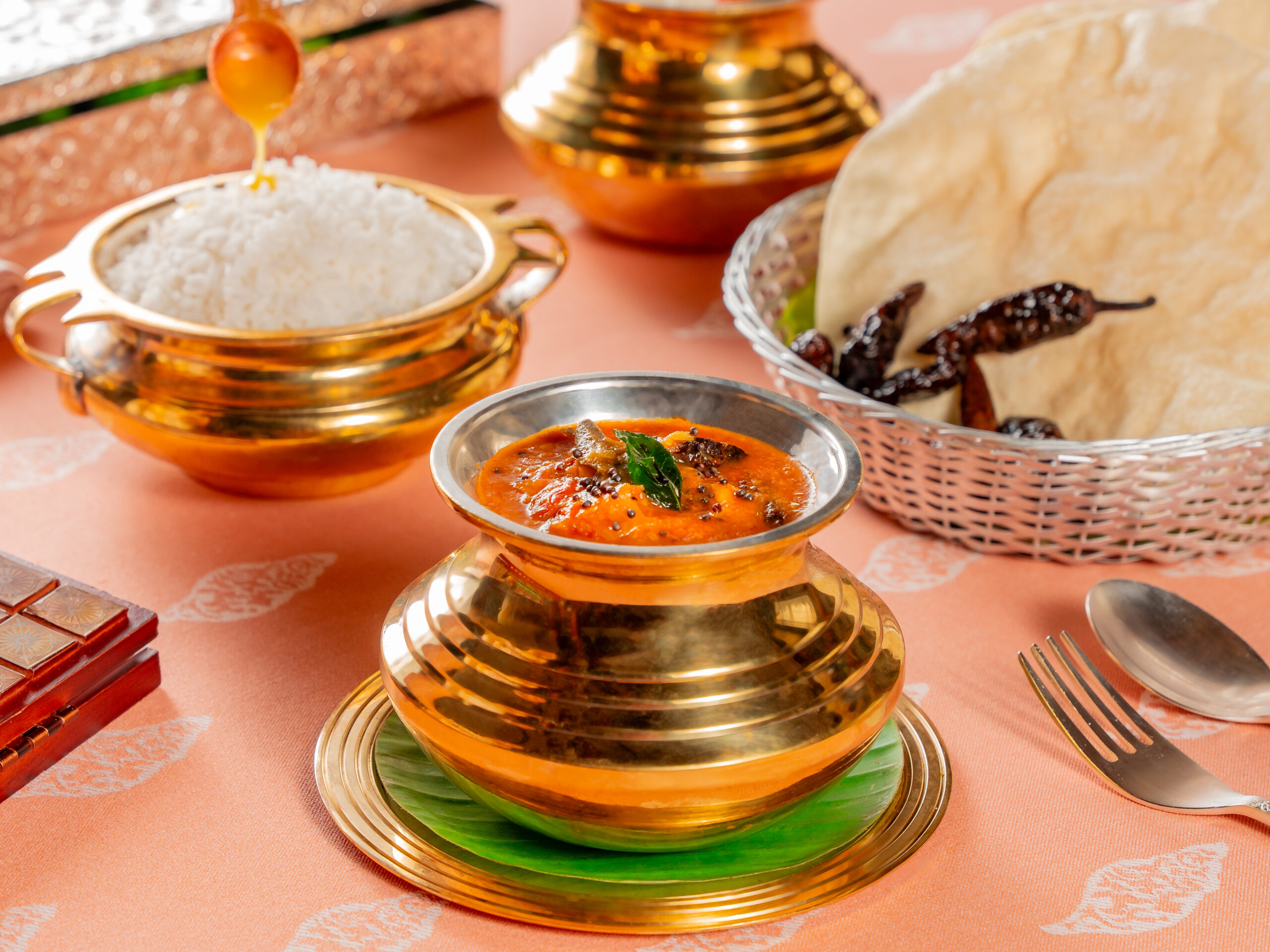
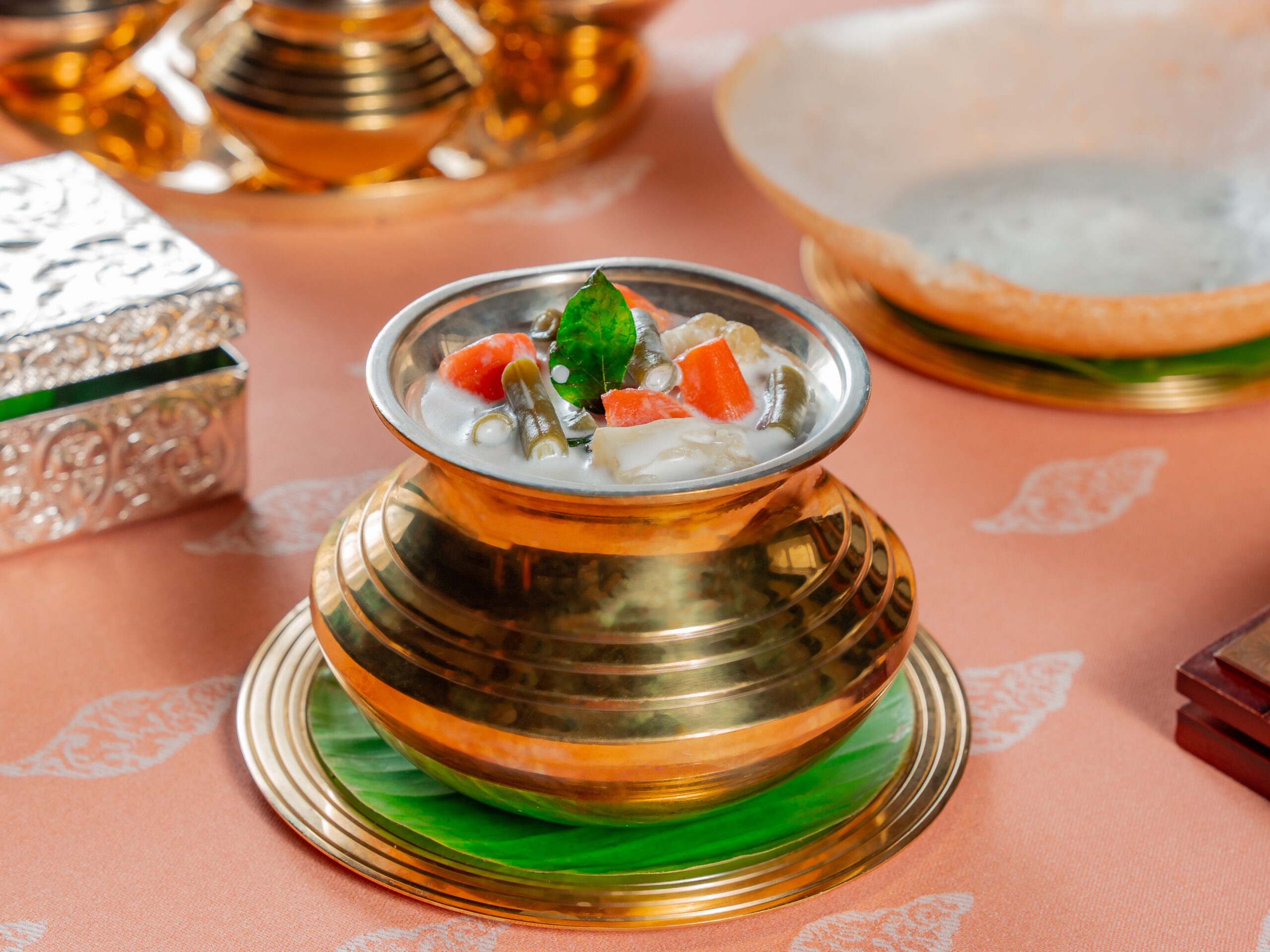
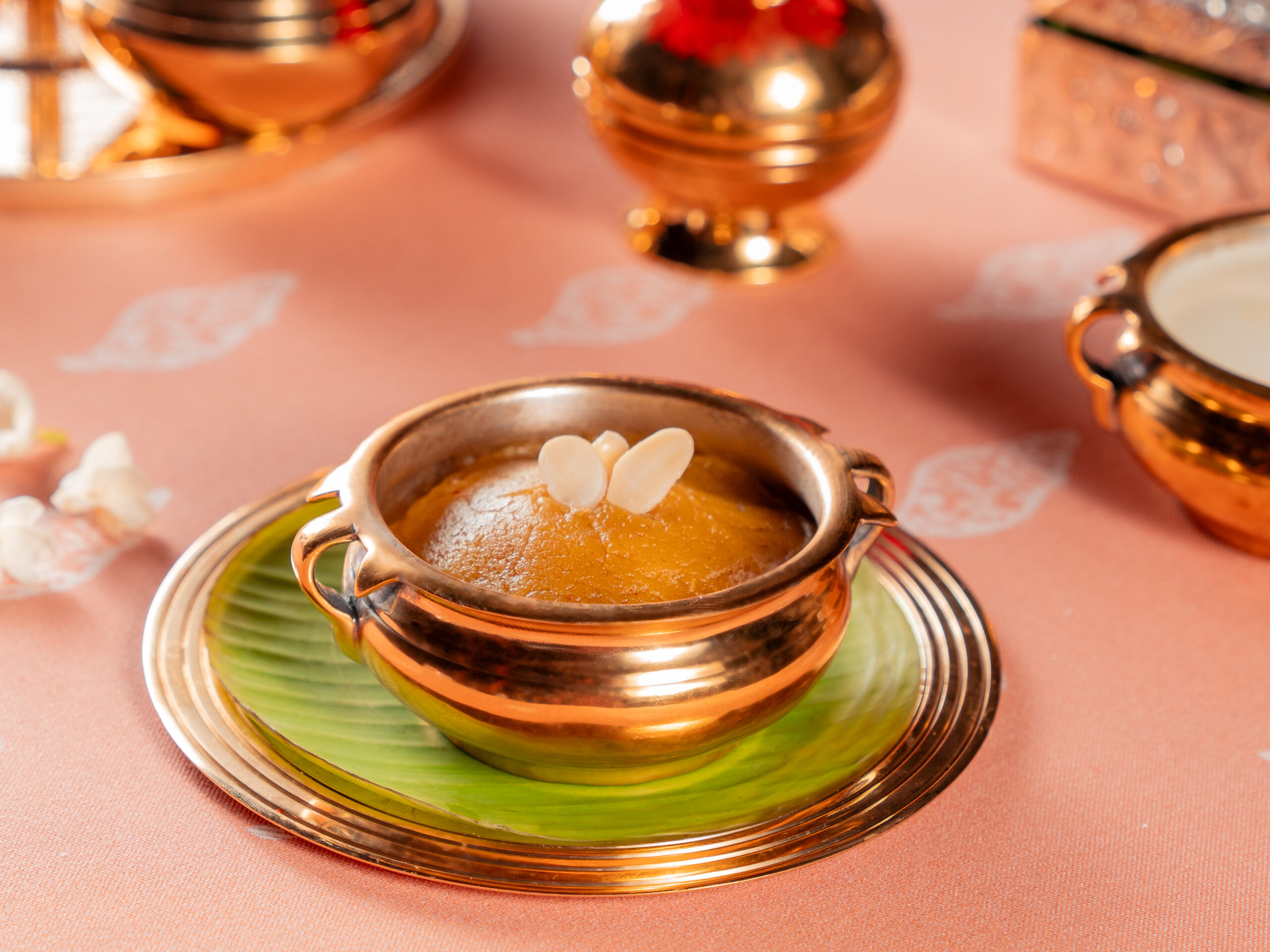
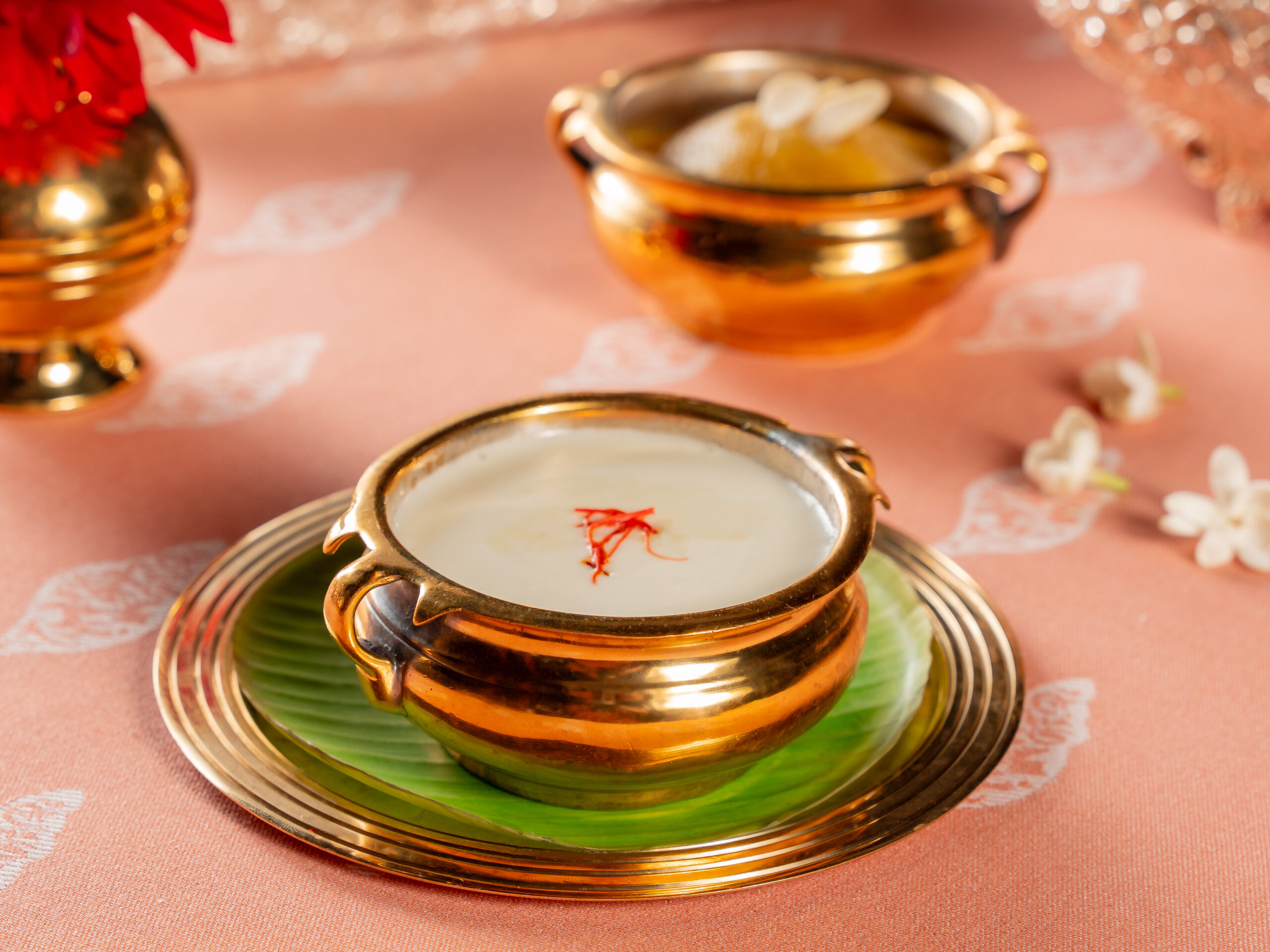
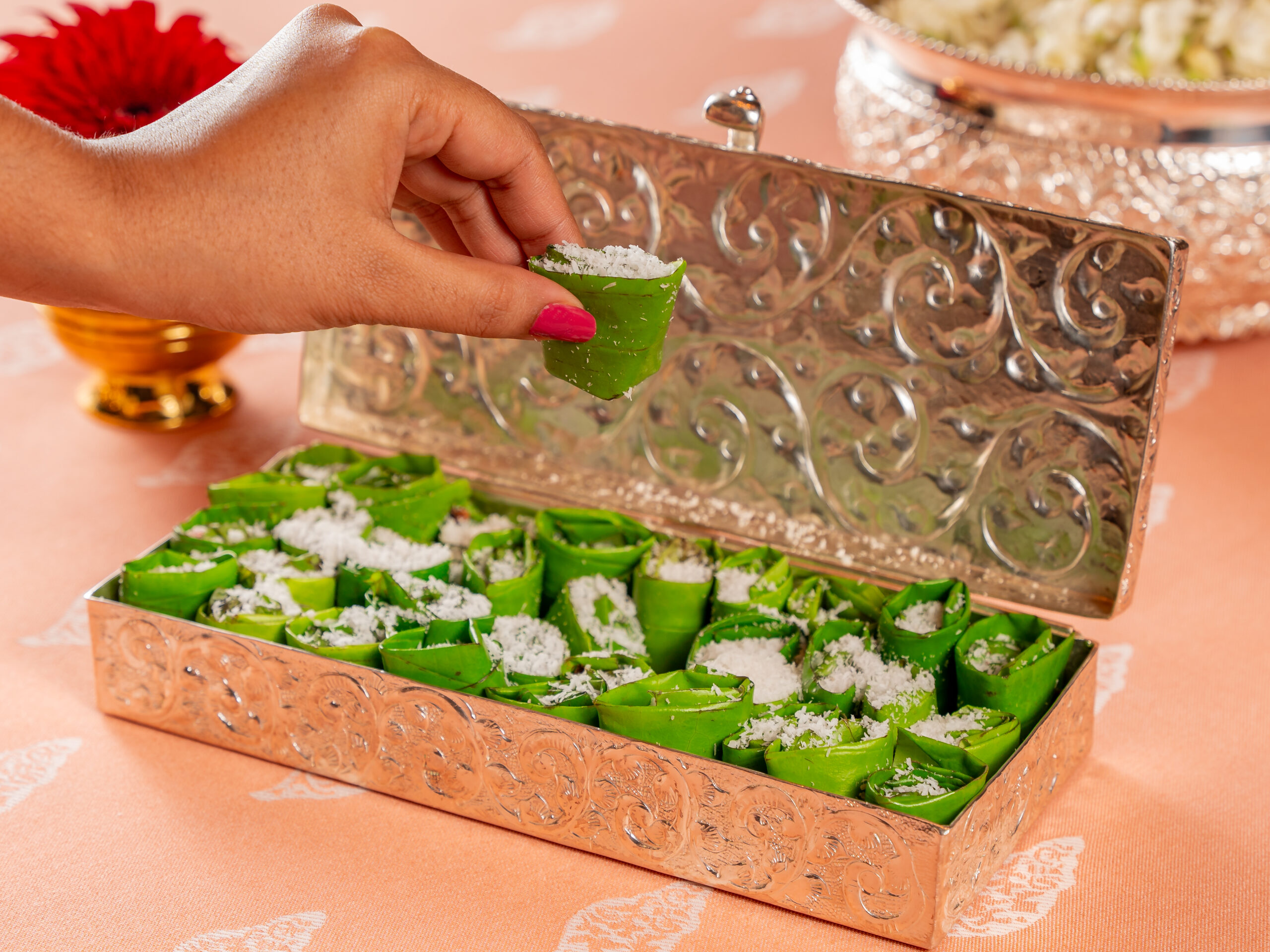

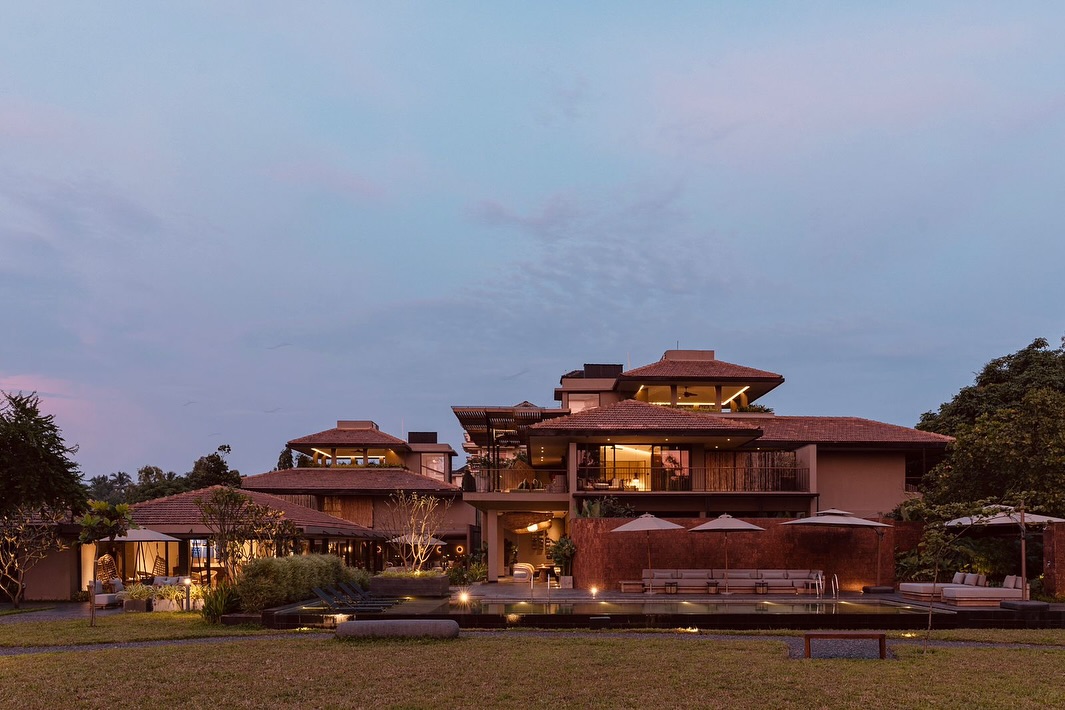
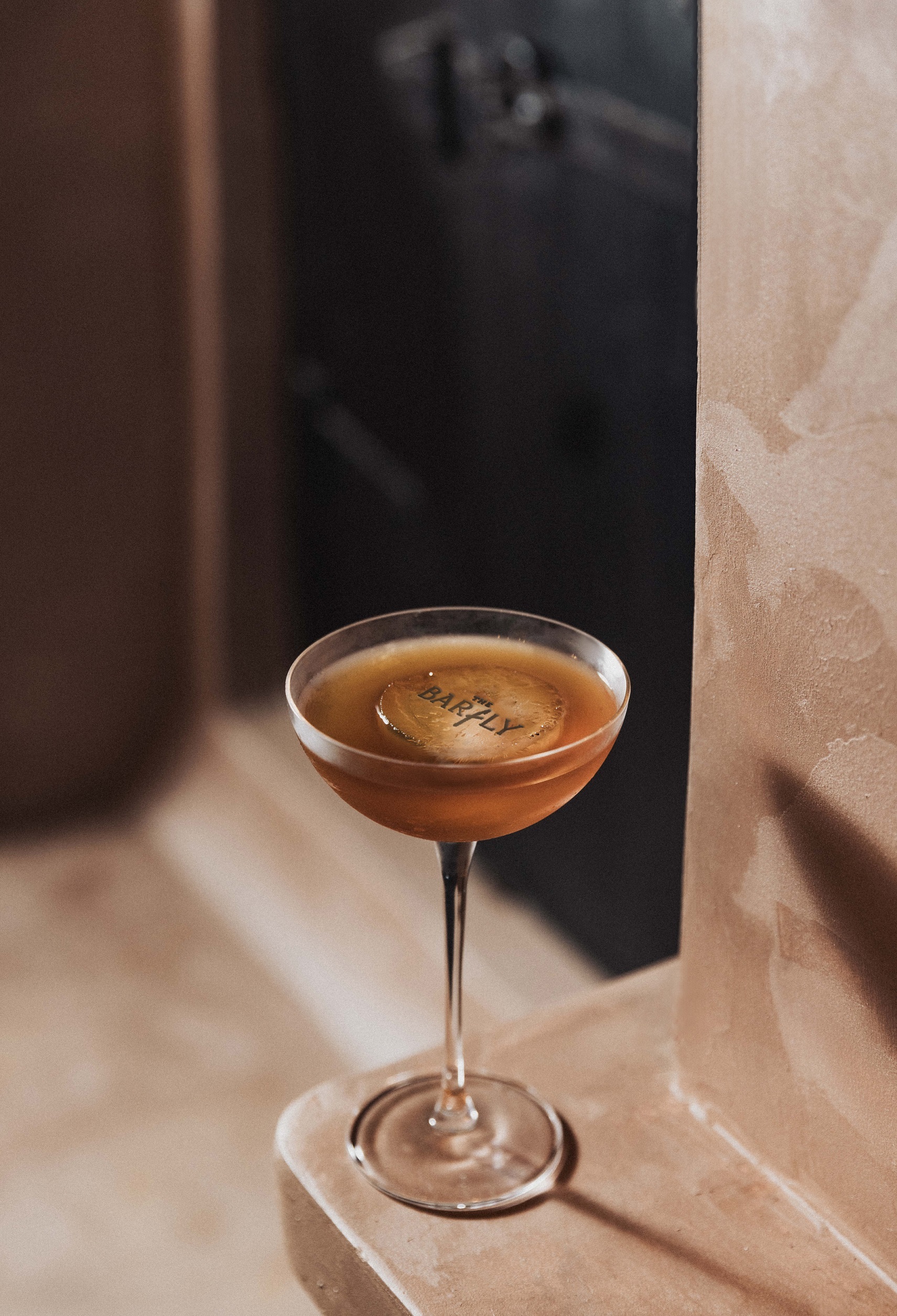


Mouthwatering review! We love trying different South Indian thalis all over Dubai, great value for money and some of the most authentic food around!
https://www.doindubai.com/living/entertaining-and-visitors/dubai-thali-meals-authentic-value-for-money-indian-food